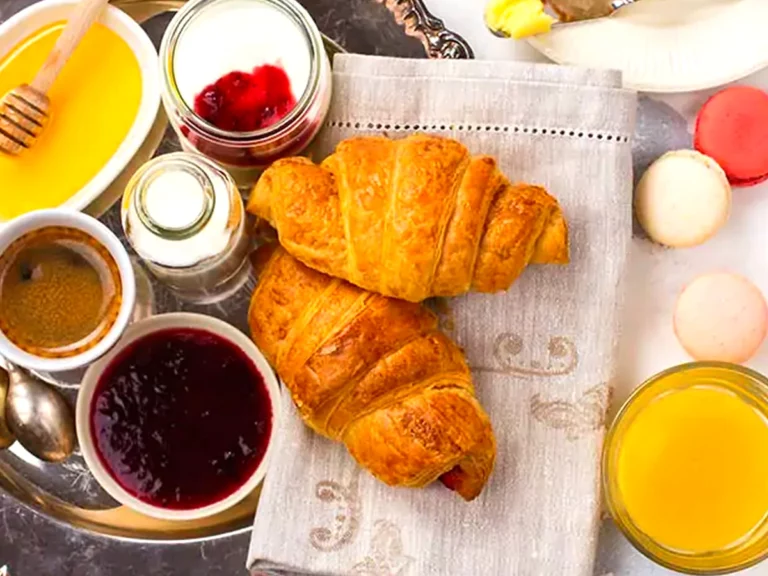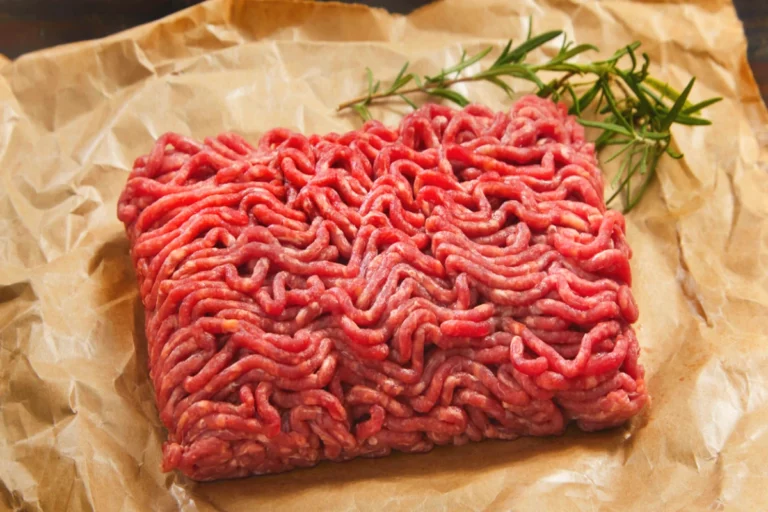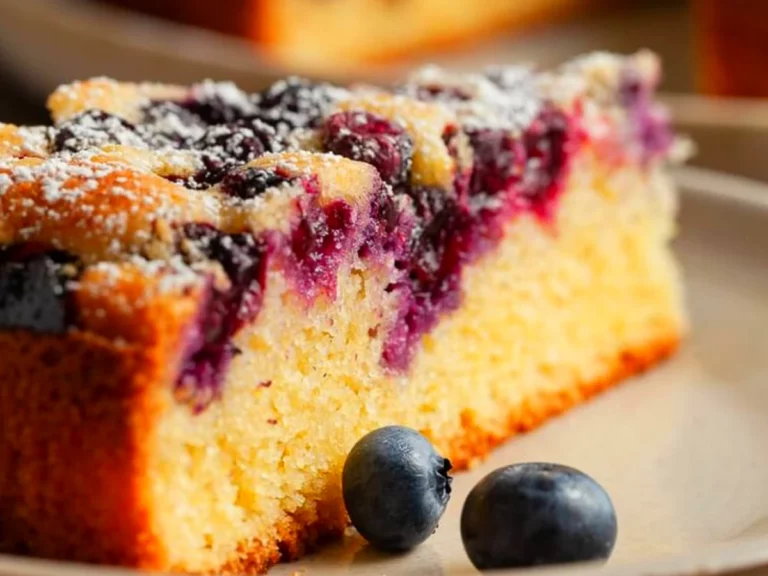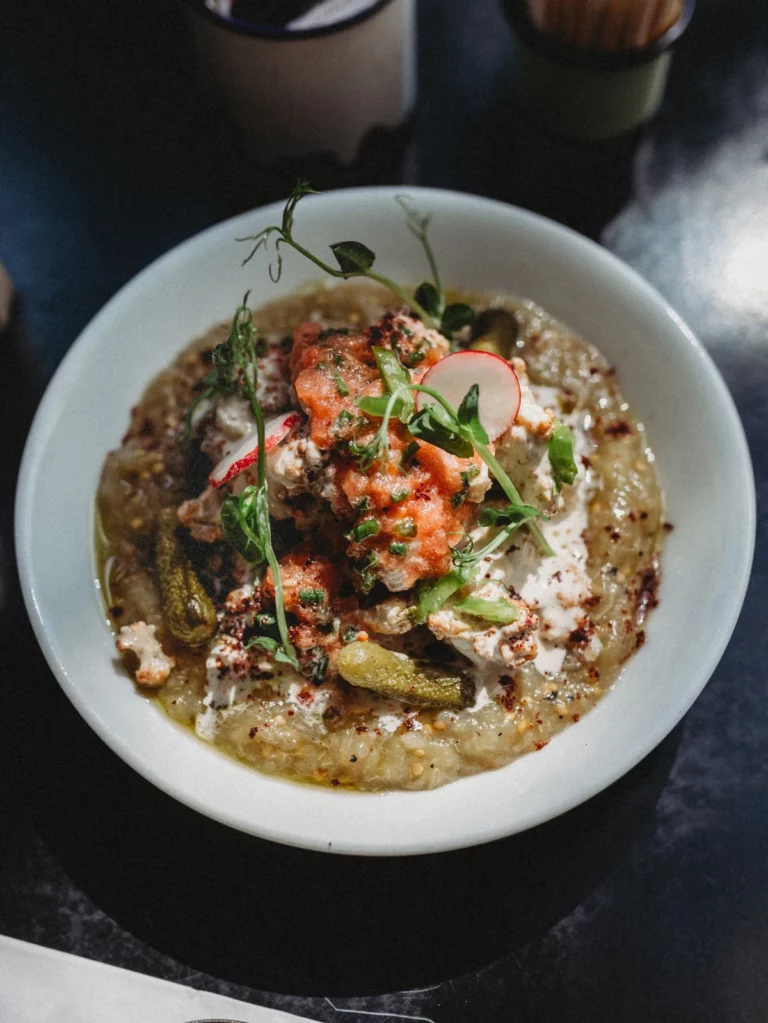How to Patent a Recipe in USA
How to Patent a Recipe in the USA . In the world of culinary innovation, the idea of patenting a recipe might sound like a fantastic way to protect your culinary creations. But can you actually patent a recipe in the USA? And if so, how do you go about it ? This guide will…
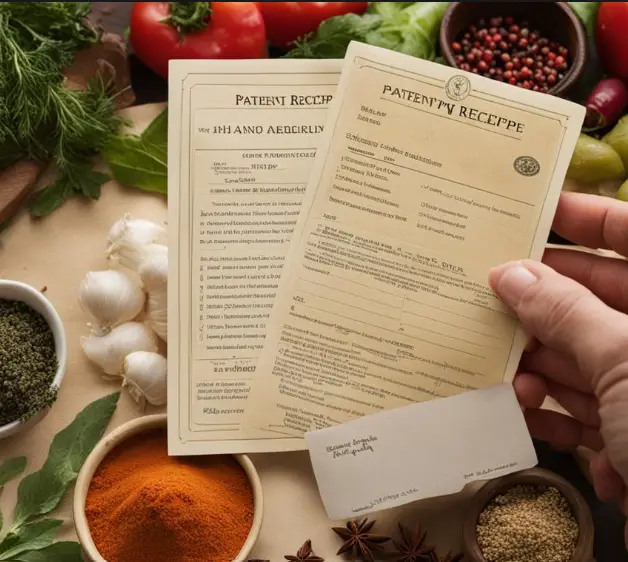
How to Patent a Recipe in the USA . In the world of culinary innovation, the idea of patenting a recipe might sound like a fantastic way to protect your culinary creations. But can you actually patent a recipe in the USA? And if so, how do you go about it ? This guide will walk you through the process, providing you with all the information you need to understand how to protect your unique Recipes.
What is a Patent and How Does It Apply to Recipes ?
A patent is a form of intellectual property that grants the inventor exclusive rights to their invention for a limited period. In the United States, patents are generally applicable to inventions that are novel, non-obvious, and useful. While most patents cover technological inventions, there’s a bit of a gray area when it comes to recipes.
Can You Patent a Recipe?
In short, you can’t patent a recipe in the traditional sense of the word. The U.S. Patent and Trademark Office (USPTO) doesn’t allow patents for abstract ideas or concepts, which is how recipes are generally categorized. However, you might be able to patent specific methods of making a recipe or a unique process that is part of the recipe. Here’s how it works:
- Process Patents: If your recipe involves a unique method of preparation or an innovative process that isn’t obvious to someone skilled in the culinary field, you might be able to secure a patent on that method.
- Utility Patents: These cover new and useful inventions. If your recipe includes a new process or machine that solves a specific problem, it could potentially qualify.
- Design Patents: These are less relevant to recipes but could apply if you create a new, original, and ornamental design for the food product.
How to Patent a Recipe in USA
The Steps to Protect Your Recipe
While you can’t patent a recipe directly, there are several ways you can protect your culinary creations:
1. Document Everything
Keep thorough records of your recipe development. Document each step of the process, including ingredient quantities, cooking methods, and any modifications made over time. This will be crucial if you ever need to prove the originality of your recipe.
2. Consider Trade Secrets
Instead of seeking a patent, many chefs opt to protect their recipes as trade secrets. A trade secret is any information that provides a competitive edge and is not generally known to the public. For a recipe, this means keeping the ingredients and methods confidential. To protect a trade secret:
- Limit access: Only share the recipe with trusted individuals.
- Use non-disclosure agreements (NDAs): If you need to share the recipe with others (e.g., partners, employees), have them sign an NDA to legally prevent them from disclosing the information.
- Secure storage: Keep written records and digital files of the recipe in a secure place.
3. Explore Copyright Protection
While you can’t copyright the recipe itself, you can protect the written expression of the recipe. This includes any cookbooks, blogs, or articles where your recipe is published. Copyright protection doesn’t cover the actual recipe, but it does protect the way you present it.
4. Trademark Your Brand
If your recipe is part of a larger business or product, consider trademarking the brand name or logo associated with it. Trademarks protect brand names, logos, and symbols that distinguish your products from others. For example, if you have a unique name for your cookie line, trademarking that name can help protect your brand identity.
5. Patent a Unique Process or Equipment
If your recipe involves a unique process or equipment, you might be able to patent that aspect. For example, if you’ve developed a new method for cooking a certain dish that involves a novel piece of equipment, you could potentially secure a patent on that equipment or method.
How to Apply for a Patent in the USA
If you believe you have a unique process or invention related to your recipe, here’s a simplified overview of how to apply for a patent:
1. Conduct a Patent Search
Before applying, perform a patent search to ensure your invention is unique. You can use the USPTO’s database or hire a patent attorney to help with this.
2. Prepare Your Application
Prepare a detailed patent application. This includes:
- A clear description of the invention
- Detailed drawings or diagrams if applicable
- Claims that define the scope of protection
3. File Your Application
Submit your application to the USPTO. This can be done online through the USPTO’s Electronic Filing System (EFS-Web). Be prepared to pay the application fee, which varies depending on the type of patent and the size of the entity applying.
4. Respond to Office Actions
The USPTO may issue office actions requesting additional information or modifications. Respond promptly to these requests to keep your application moving forward.
5. Wait for Examination
After submission, your application will be reviewed by a patent examiner. The examination process can take several months or even years, depending on the complexity of the patent and the backlog at the USPTO.
6. Receive Your Patent
If approved, you’ll receive a patent granting you exclusive rights to your invention. Ensure you maintain the patent by paying the required maintenance fees.
FAQ: People Also Ask:
Can I patent a cooking method?
Yes, you can patent a specific cooking method or process if it’s novel, non-obvious, and useful. For example, if you’ve invented a new technique for cooking food that significantly improves the outcome, you might be able to patent that method.
How do I protect my Recipe without a patent?
You can protect your recipe by keeping it a trade secret, securing written and digital records, using non-disclosure agreements, and trademarking your brand or product name.
What is the difference between a patent and a Trademark?
A patent protects new inventions or processes, while a trademark protects brand names, logos, and symbols that distinguish your products or services from others.
Can I copyright my Recipe ?
No, you cannot copyright a recipe itself. However, you can copyright the written expression of the recipe, such as a cookbook or blog post where the recipe is featured.
How long does a patent last ?
In the USA, utility patents typically last 20 years from the filing date, while design patents last 15 years from the grant date. Maintenance fees must be paid to keep the patent active.
What if my recipe is a combination of existing methods ?
If your recipe combines known methods in a new and non-obvious way, you might be able to patent the novel process or method. However, the recipe itself cannot be patented.
While you can’t directly patent a recipe in the USA, there are several ways to protect your culinary innovations. From keeping trade secrets to exploring process patents, trademarks, and copyrights, you have multiple avenues to safeguard your creations. By understanding these options and taking the appropriate steps, you can ensure that your unique recipes remain protected and that your culinary genius is recognized.
Whether you’re a home cook or a professional chef, knowing how to protect your recipes can help you maintain a competitive edge and secure your place in the culinary world.

